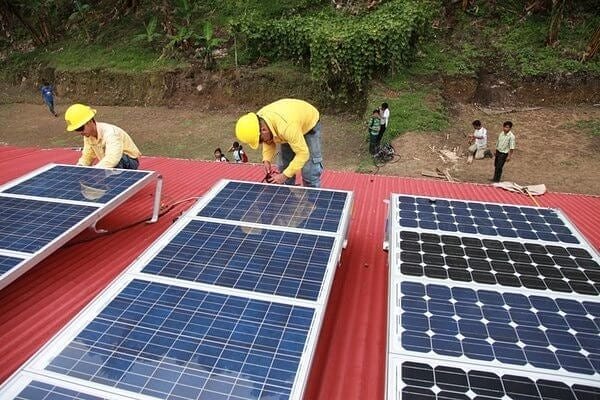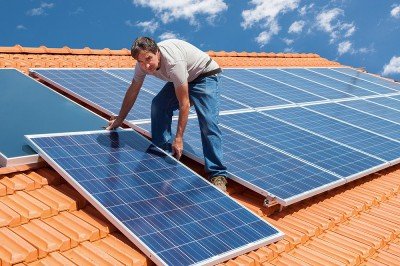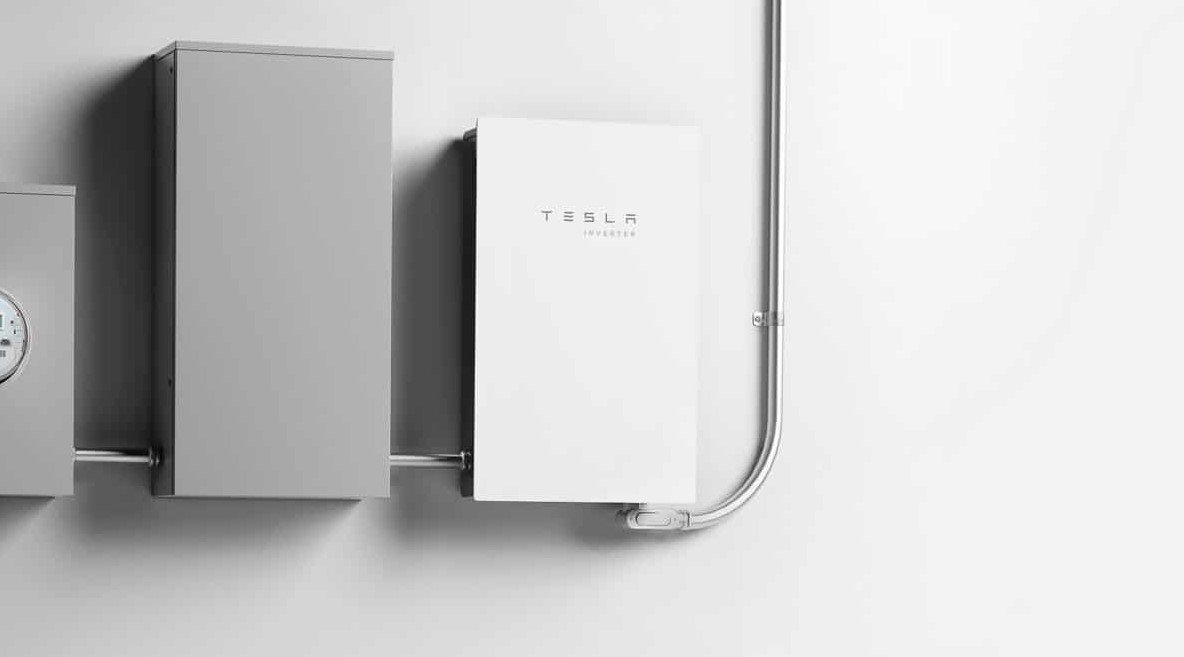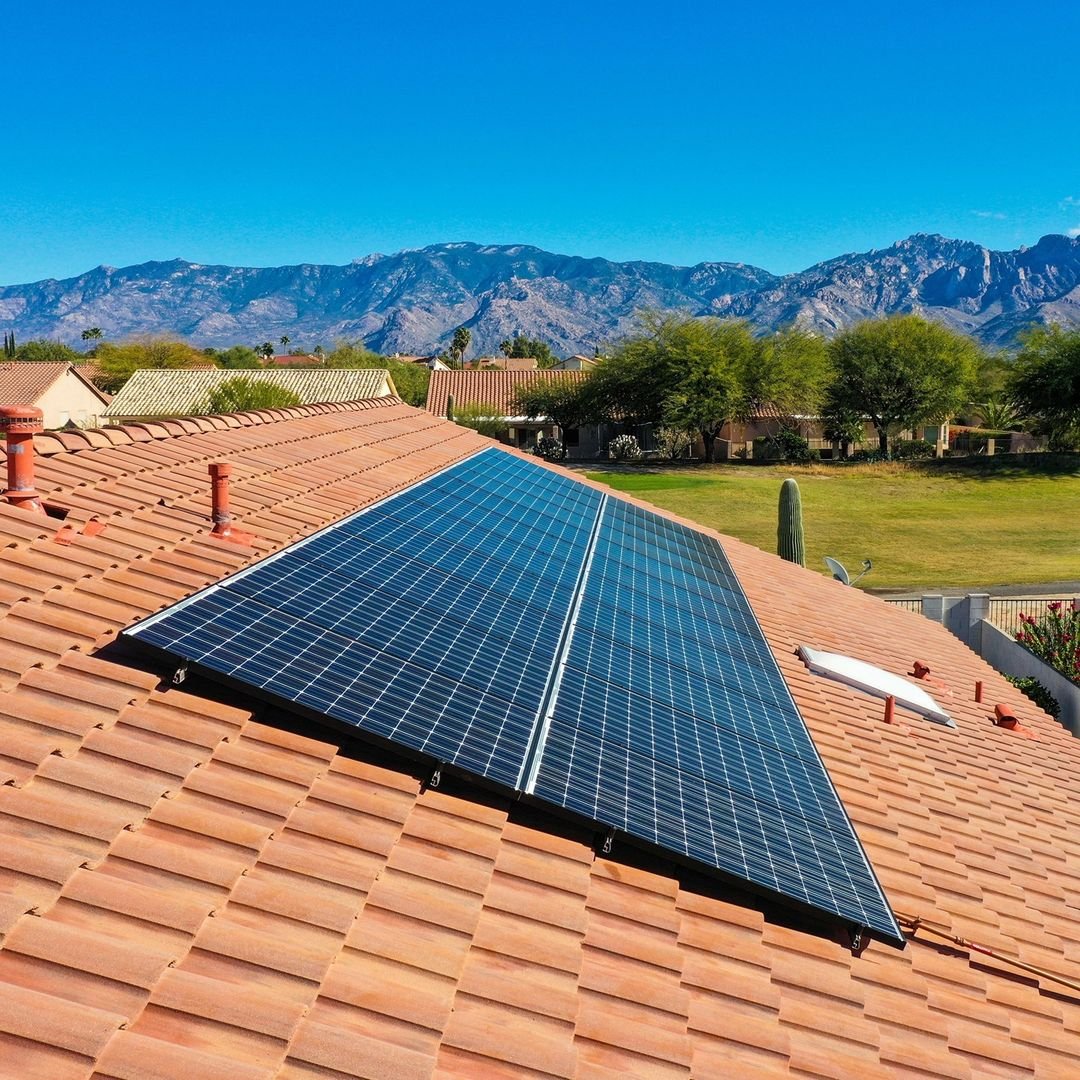
PHOTOVOLTAIC AND SOLAR THERMAL: WHAT ARE THE DIFFERENCES?
When we talk about solar energy , we usually think of photovoltaic technology, which, however, is not the only one that can be installed to exploit the sun as a renewable source. Both can be an optimal solution for the production of sufficient energy for domestic needs: knowing the characteristics and differences of each one is the first step to be able to make a careful choice and to be able to respond in the best way to your needs.
PHOTOVOLTAIC AND SOLAR THERMAL: HOW THEY WORK
The photovoltaic system is capable of directly converting solar energy into electricity, thanks to the photovoltaic cells that make up the different modules of the system. Efficiency depends on many factors, including environmental factors, as well as the performance of individual cells. They harness the sun’s heat to generate direct voltage, which is converted into readily available energy to power home systems. The electricity produced can also be stored and used overnight or on low production days.
Even solar thermal takes advantage of heat, although in another way: this technology makes it possible to have hot water through the presence of a solar collector. It contains a fluid capable of capturing the sun’s energy to transform it into thermal energy. The presence of several collectors allows the production of larger quantities of hot water, which accumulates to constantly respond to the energy needs of those who use the system.
The main difference between the two types of systems, therefore, lies in the possibility of producing electricity and hot water for the sanitary system, respectively. However, other peculiarities of the two different technologies can lead to one rather than the other.

PHOTOVOLTAIC AND SOLAR THERMAL: THE DIFFERENCES
Una de las principales diferencias que hace que la energía solar térmica sea competitiva con la fotovoltaica, a pesar de la funcionalidad limitada del calentamiento de agua, es la mayor eficiencia, que permite un mejor rendimiento para el mismo tamaño del sistema. De hecho, la eficiencia de los paneles solares térmicos es de aproximadamente el 80% , por lo tanto, con una dispersión limitada al 20%. Por el contrario, los paneles fotovoltaicos actualmente no superan el 30% de eficiencia, a pesar de las continuas investigaciones realizadas para poder superar este límite.
En consecuencia, con un área limitada disponible, podría ser difícil producir una cantidad suficiente de energía para cubrir las necesidades energéticas domésticas, mientras que aún podría satisfacer completamente las necesidades de calentamiento de agua en el hogar . Sin embargo, si el sistema de calefacción funciona con un bajo consumo, como en el caso de la calefacción de pared o suelo, es posible aprovechar con éxito el sistema solar térmico también para alimentar este sistema.
En general, con la misma potencia instalada, un sistema solar térmico tiene menores costes y requiere una intervención menos invasivaen comparación con un sistema fotovoltaico, que en cambio ofrece una vida media más larga. Si la primera suele tener una esperanza de vida de veinte años, la fotovoltaica en cambio alcanza los 30 – 35 años (teniendo en cuenta la pérdida progresiva de eficiencia).
FOTOVOLTAICA Y SOLAR TÉRMICA: LOS INCENTIVOS
Al elegir el tipo de sistema a instalar en el hogar, también se tienen en cuenta necesariamente los costes y tiempos de amortización de la inversión incurrida. Hasta la fecha, tanto los sistemas fotovoltaicos como los sistemas solares térmicos están sujetos a algunos tipos de deducciones, que sin embargo difieren ligeramente. Con el Ecobonus más reciente , la instalación de un sistema solar térmico entra en la categoría de intervenciones para la recalificación energética de edificios.y por tanto permite acceder a una deducción del impuesto sobre la renta equivalente al 65% del gasto realizado. Esto se aplica a los sistemas instalados antes del 30 de junio de 2015, mientras que desde el 1 de julio de 2015 y hasta el 30 de junio de 2016 la deducción se reducirá al 50%. En el caso de la instalación de un sistema termodinámico, que sea capaz de producir tanto electricidad como agua caliente, la subvención sólo afectará a la parte del gasto relativo a la producción de agua caliente, con un techo máximo de 60 mil euros.
However, when it comes to photovoltaic energy , it is necessary to consult the legislation governing building renovations. Unlike solar thermal, therefore, Irpef deductions can cover only 50% of the costs incurred, through a reimbursement system in installments spread over ten years. The times to take advantage of this facility, however, are short: in 2015 the deduction will drop to 40%, and then it will reach 36% in 2016, with a spending limit set at 48 thousand euros.






